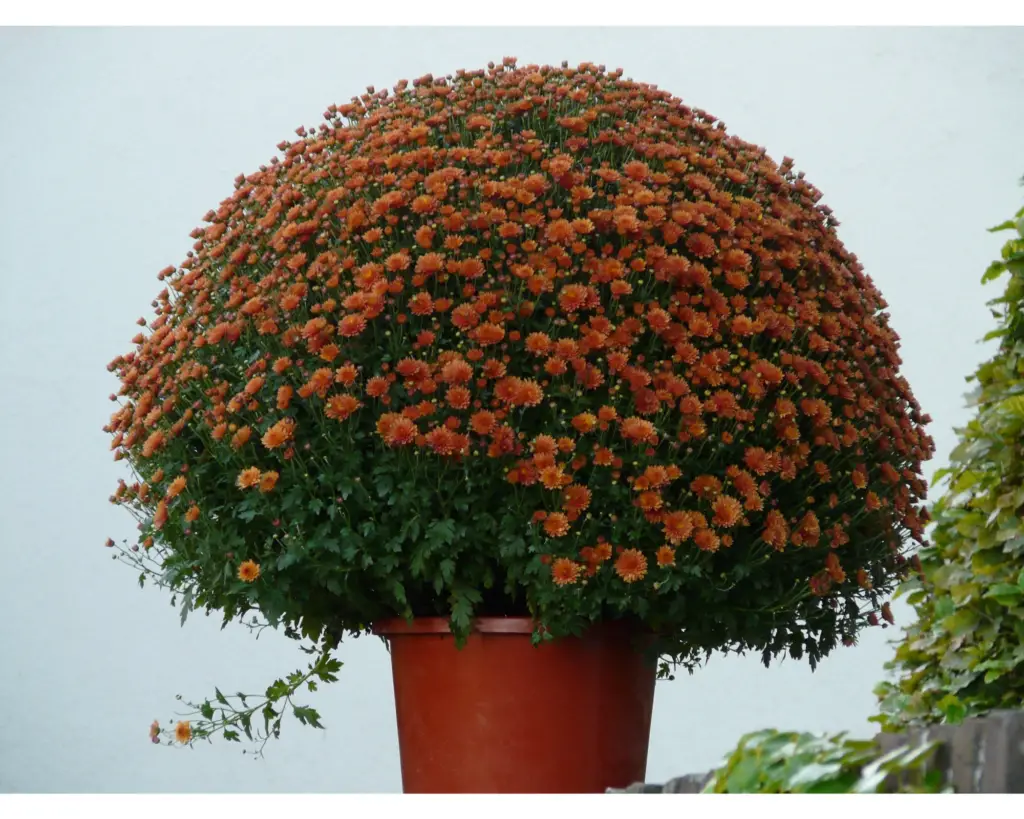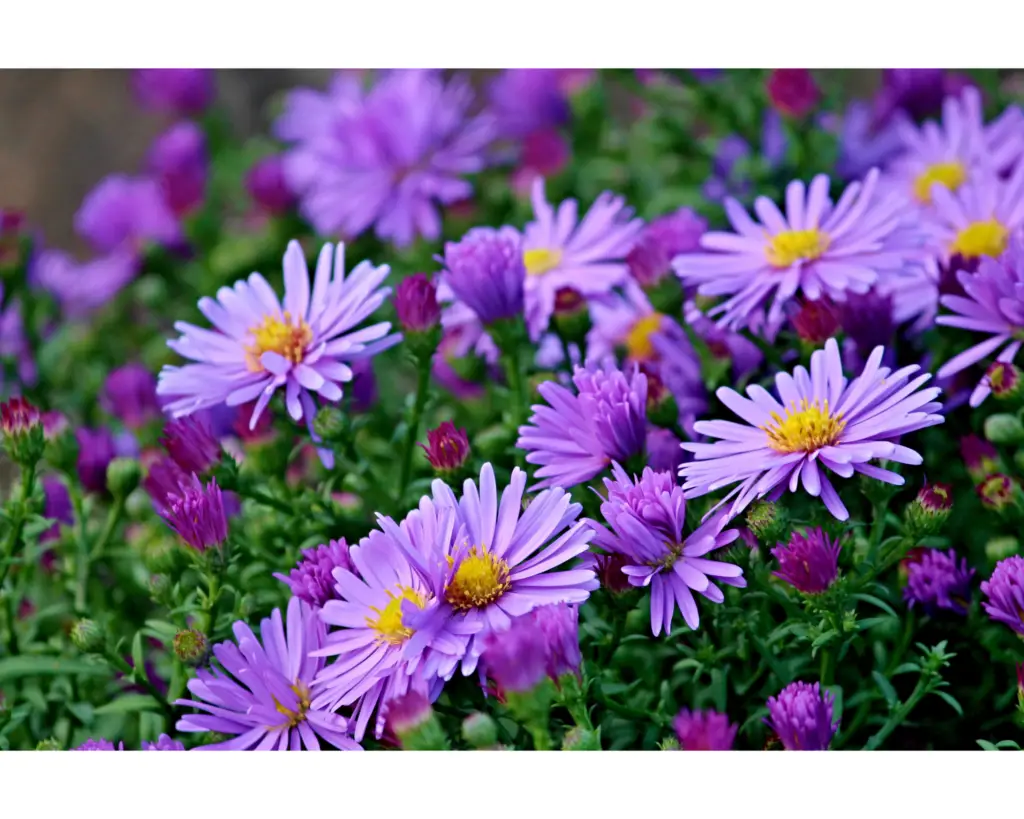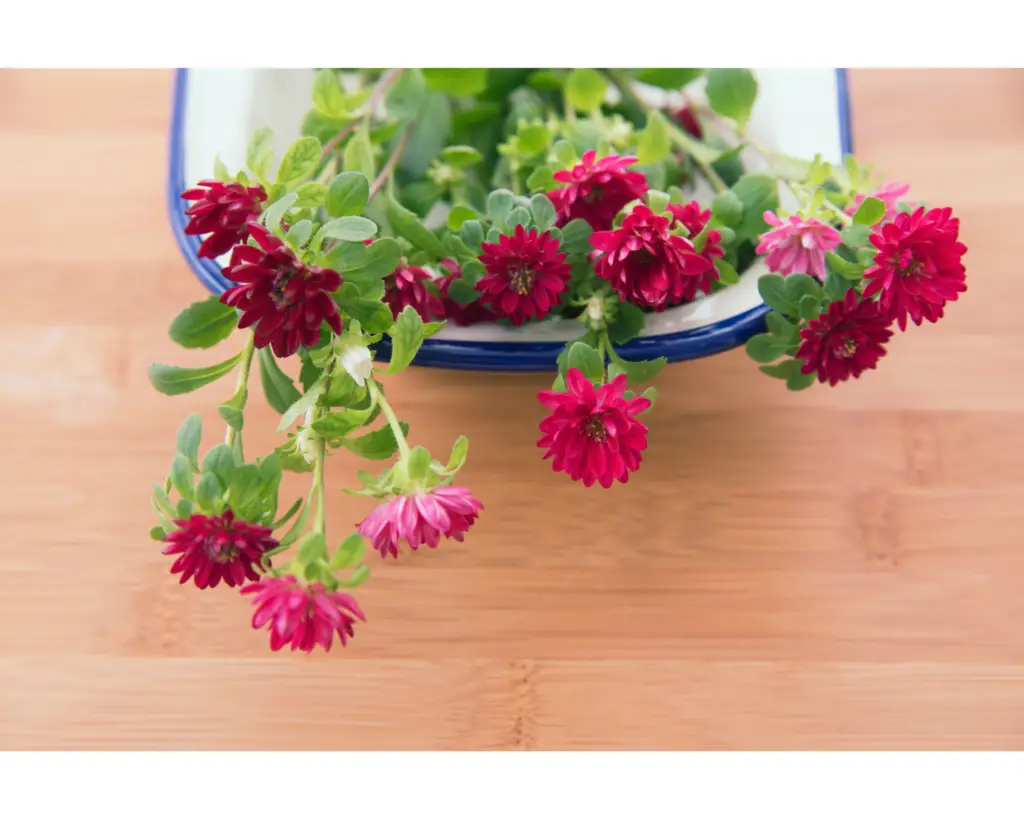Aster flowers, with their vibrant colours and star-shaped blooms, are a delightful addition to any indoor space. These resilient and easy-to-care-for plants can brighten up your home throughout the year, providing a burst of colour even during the colder months. Whether you are a seasoned gardener or a beginner, cultivating aster flowers indoors can be a rewarding experience. In this article, we will explore the steps to grow and care for aster flowers indoors to ensure they thrive and bring joy to your living space.
Table of Contents
Selecting the Right Aster Varieties
Before you start your indoor aster garden, it’s essential to choose the right varieties that will adapt well to indoor conditions. Some popular aster varieties suitable for indoor cultivation include:
- Aster novi-belgii: Known as the New York Aster, it features beautiful pink, purple, or blue flowers and thrives in containers.
- Aster amellus: Also known as the Italian Aster, it comes in various colors and is excellent for indoor growth.
- Aster tongolensis: This variety offers lavender-blue flowers and is compact, making it ideal for smaller indoor spaces.
- Aster dumosus: The Dwarf Aster, with its daisy-like flowers, is well-suited for indoor containers and hanging baskets.
Preparing the Indoor Garden
Choosing the Right Location
Select a spot in your home that receives ample sunlight, ideally six to eight hours a day. South-facing windows are usually the best choice, as they provide the most sunlight during the day. If natural light is limited, you can supplement it with artificial grow lights that mimic the spectrum of sunlight.
Selecting Containers
Choose well-draining containers with adequate drainage holes. Terracotta pots or plastic containers work well, as they allow excess water to escape, preventing root rot. Ensure the containers are large enough to accommodate the aster’s root system and provide sufficient space for growth.
Soil Requirements
Asters prefer fertile, well-draining soil. Use a high-quality potting mix enriched with organic matter to promote healthy growth. Avoid heavy garden soil, as it can lead to waterlogging and hinder root development.
Planting Aster Flowers
Seed Starting
You can grow aster flowers from seeds or purchase young plants from nurseries. If you choose to start from seeds, sow them indoors in seedling trays about 6-8 weeks before the last expected frost date in your region. Lightly press the seeds into the soil, cover them with a thin layer of soil, and mist the top with water. Keep the seedlings in a warm location with ample sunlight or under grow lights.
Transplanting Seedlings
Once the seedlings have grown to a size of about 2-3 inches (5-7 centimetres) and developed their first set of true leaves, they are ready for transplanting into individual pots. Gently remove the seedlings from the tray and plant them at the same depth they were growing before. Water thoroughly after transplanting.
Planting Mature Aster Plants
If you choose to buy mature aster plants, transplant them into the prepared containers following the same guidelines for spacing and soil depth.

Indoor Aster Care
Watering
Proper watering is crucial for the health of aster plants. Water the plants when soil feels dry to the touch. Avoid overwatering, as aster flowers are susceptible to root rot. Always water at the base of the plant, keeping the foliage dry to prevent fungal diseases.
Temperature and Humidity
Asters thrive in temperatures between 60°F to 70°F (15°C to 21°C). They can tolerate slightly cooler temperatures at night. Additionally, moderate indoor humidity levels are generally sufficient for aster plants. If the air is too dry, consider using a humidity tray or a room humidifier.
Fertilising
Feed your indoor aster plants with a balanced, water-soluble fertiliser every 4-6 weeks during the growing season (spring and summer). Follow the manufacturer’s instructions for the proper dilution and application.
Pruning and Deadheading
Regularly prune and deadhead your aster plants to encourage continuous blooming and maintain their shape. Trim off faded flowers just above a leaf node to promote new growth and prevent seed production, which can divert the plant’s energy away from blooming.
Pests and Diseases
Keep an eye out for common indoor plant pests such as aphids, spider mites, and whiteflies. If you spot any infestations, address them promptly with natural insecticidal soap or neem oil. Additionally, ensure good air circulation around the plants to prevent fungal diseases like powdery mildew.
Propagation
Asters can be propagated by division or stem cuttings. To propagate by division, gently remove the plant from its container, and carefully separate the root clumps into smaller sections, each with some shoots and roots. Replant these divisions in individual containers with fresh potting mix.
To propagate by stem cuttings, take 3-4 inch (7-10 centimeters) cuttings from healthy aster plants just below a leaf node. Remove the lower leaves, dip the cut end in a rooting hormone, and plant it in a well-draining medium. Keep the cuttings in a warm, humid environment until they root.
Conclusion
Growing aster flowers indoors is a delightful way to add colour and beauty to your home throughout the year. By selecting the right varieties, providing appropriate care, and maintaining a suitable indoor environment, you can enjoy these starry blooms in all their glory. Whether you are a seasoned gardener or a beginner, cultivating aster flowers indoors is a rewarding experience that will fill your living space with joy and vibrant colors. So, why not start your indoor aster garden today and watch these charming flowers bloom and brighten your home!


